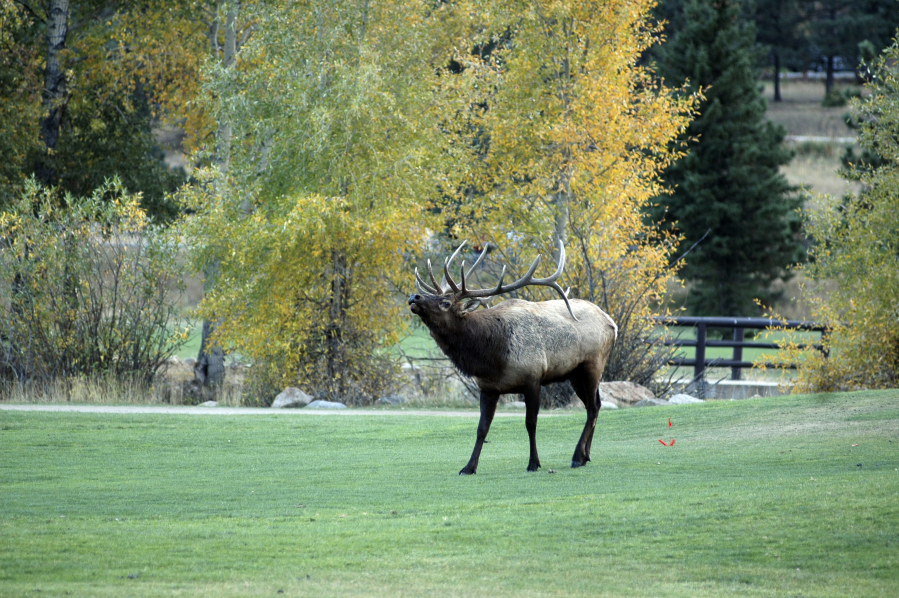Colorado wildlife managers are mobilizing to reverse a decline of elk in the southwestern quarter of the state by controlling hunting and protecting wild habitat, aiming for increased calf survival amid intensifying droughts and development.
Colorado Parks and Wildlife crews also are launching an unprecedented statewide elk monitoring program. They’ll round up “several hundred” elk and fit them with global positioning satellite collars, giving multiple locations each day for each animal, CPW senior biologist Jamin Grigg said.
Colorado’s overall elk population remains larger than in any other state. State leaders see that as big business and celebrate the shrill bugling of bulls. A recent CPW study found hunting and fishing generate $1.8 billion a year for Colorado’s economy – with elk playing key roles in attracting attention. Hunters harvested 35,230 elk in 2021 (19,981 bulls and 14,180 cows), agency records reviewed by the Denver Post show, down from 41,900 in 2014 (22,435 bulls and 17,284 cows).
Back in the early 1900s, unregulated hunting decreased elk numbers to 40,000 nationwide. Colorado now has an estimated 308,901 elk, according to CPW’s latest records.



